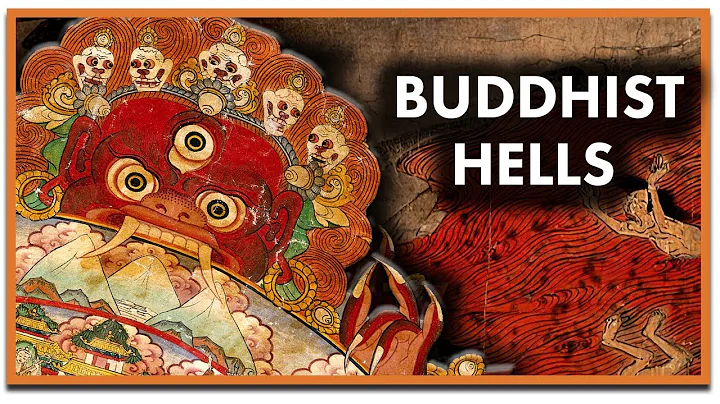There were six major philosophies in ancient India, also known as the Orthodox school. It emerged around the fifth century BC and jointly respected the " Vedas ". These six major philosophical schools are:
Mimāṃsā)
Vedāta (Védānta or Uttara Mimamsa)
number theory (Sāṃkhya)
victory theory (Vaiśeṣika)
positive theory (Nyāya)
Yoga (Yóga)

And yoga comes from these six major philosophical departments, Ancient Indian There is a famous saying: There are two ways to transcend the sun's orbit (i.e. obtain eternity). One is to abandon the world in yoga; the other is to abandon the body on the battlefield. In ancient yoga ( Hindi : योग, English: yoga), the meaning is to explore the principles and methods of "Sangha I am the same".
Yoga has a history of thousands of years. At first, there were many ancient Indian philosophical schools about yoga, but three works were respected as classics by most Indians. One is " Upanishads ", the other is " Bhagavad Gita ", and the three is " Ayurveda ". In 300 BC, the famous yoga sage Patañjali gathered all the classics passed down from word to word to form the " Yoga Sutra " (an important theoretical classic work of yoga). Indian Yoga has a basis for this. Yoga practice is officially established as the eight-branch system.

88 branch practices: prohibition (English: Yamas) (Yama), discipline (English: Niyamas) (Niyama), posture (Āsana), breathing (Prāṇāyāma), mindfulness (English: Pratyahara), concentrating (English: Dhāraṇā), jhana (Dhyāna), samadhi (Samādhi). Based on the twenty-five truths of numbers, this book adds the theory of , the great freedom heaven, and the twenty-six truths to form.

Today, the classic of Yoga school is the "Yoga Sutra", which is composed of four levels. The first level is the Samadhi (Meditation) class, which explains the essence, classification and purpose of samadhi. The second level is the method line, which explains the method and practice process of entering samadhi. The third level is the supernatural power line, which explains the principles and types of supernatural powers obtained through practice. The fourth level is the unique level, which explains the ultimate purpose of practicing yoga, which is to obtain the unbounded divine self (this short paragraph comes from "Research on the History of the Absolute Philosophy in India").
In the book "Yoga Sutra", he explained the definition of yoga, the content of yoga, the changes that yoga brings to the body, etc. Before Poplarjali, yoga had been practiced for a long time, but no one gave yoga a systematic explanation. Poplarjali created a complete yoga system. Therefore, Paginjali was revered as the ancestor of yoga.
modern yoga is divided into five categories:
body, Hata Yoga.
heart, King of Victory Yoga.
Knowledge, wisdom yoga.
love, devout yoga.
meaning, action yoga

After thousands of years of evolution, today's yoga is a system that helps humans fully realize their potential by improving consciousness. Yoga postures use ancient and easy-to-master techniques to improve people's physical, psychological, emotional and spiritual abilities. They are a way of exercise that achieves the harmony and unity of the body, mind and spirit. On December 1, 2016, the UNESCO Intergovernmental Committee on the Protection of Intangible Cultural Heritage was held at the capital of Ethiopia, Addis Ababa, , and passed a resolution to include Indian yoga in the organization's "Representative List of Intangible Cultural Heritage in Humanity".
(The picture of the beauty in the article is Sunghee Kim)







![[English] Who Am I - Lecture 1 - Ven. Guan Cheng - DayDayNews](https://i.ytimg.com/vi/KU0fUs2It5o/hq720.jpg?sqp=-oaymwEcCNAFEJQDSFXyq4qpAw4IARUAAIhCGAFwAcABBg==&rs=AOn4CLDFpQUN_QwRfC7bmP4sUadq-RcYdg)
![A Moving Masterpiece 清明上河图 [English narration] - DayDayNews](https://i.ytimg.com/vi/kxff-4GktOI/hqdefault.jpg?sqp=-oaymwEcCOADEI4CSFXyq4qpAw4IARUAAIhCGAFwAcABBg==&rs=AOn4CLBtHGLeUpJNCYDJYnZTuISQ1N5Vag)


